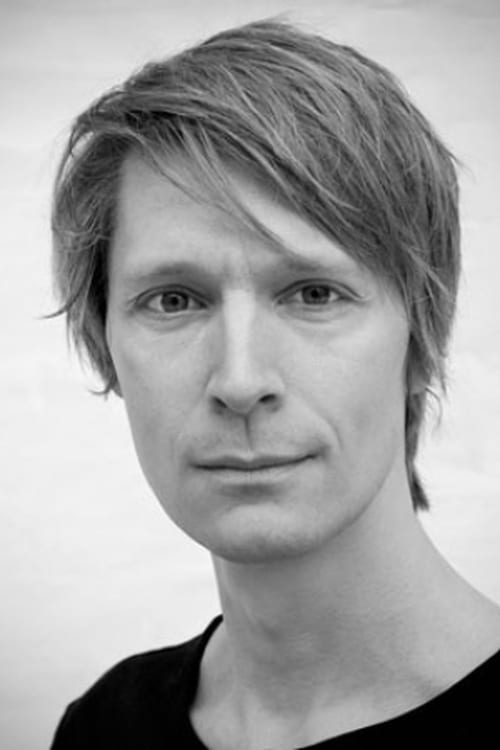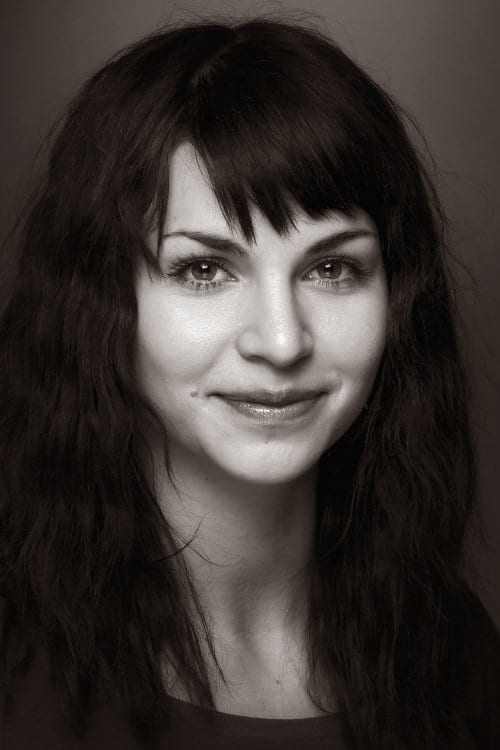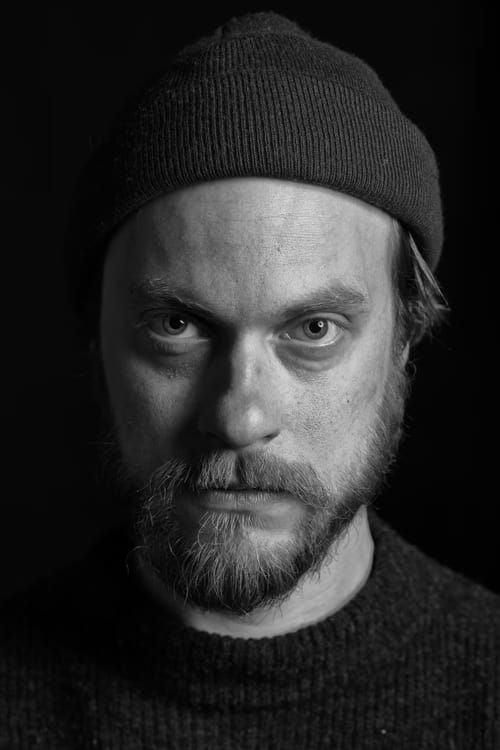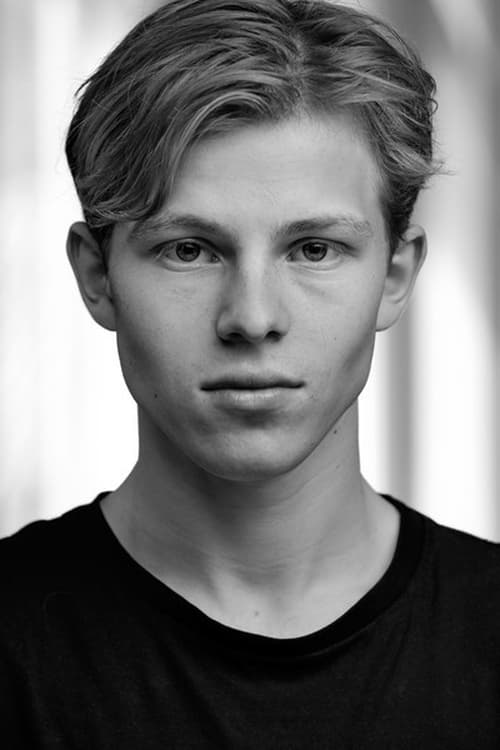Munch (2023)
Género : Drama, Historia
Tiempo de ejecución : 1H 44M
Director : Henrik Martin Dahlsbakken
Sinopsis
Edvard Munch was one of the most important artists in the period between the 19th and 20th centuries. His motif Skrik (The Scream), repeated in several techniques, became part of the 20th-century world subconsciousness – an image of fear and loneliness most people probably know, even if they have no idea who created it.
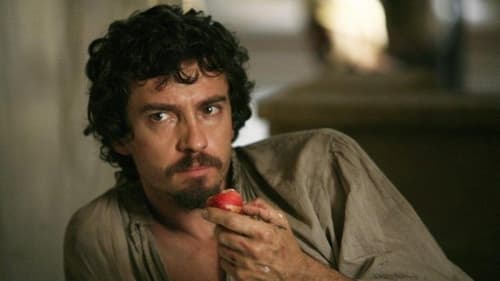
Michelle Caravaggio es un niño obstinado y valiente, con un talento especial para la pintura que es obligado a trabajar desde muy joven para mantener a su hermano pequeño y ayudar a su madre. El padre hace tiempo que murió. Por fin liberado de la obligación de pagar los estudios de su hermano se tralada a Roma con la intención de ser el artista más grande de todos los tiempos. Pero el tratamiento que hace de la pintura se opone a las técnicas del momento. Incomprendido, vaga por las calles y cae enfermo, incluso tiene problemas con la ley hasta que es apadrinado por el Cardenal del Monte. (FILMAFFINITY)
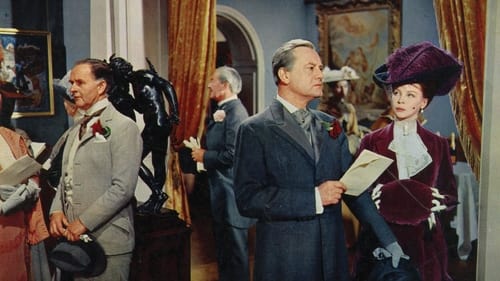
Four doctors face a serious dilemma when the beautiful wife of a TB-stricken artist begs one of them to cure her brilliant, but amoral, husband.
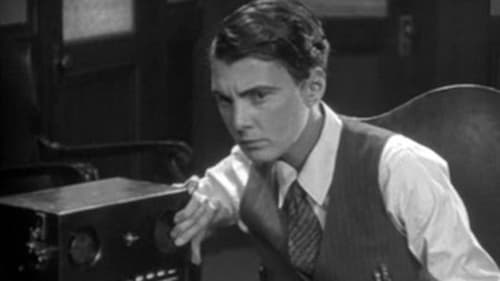
When a hardened businesswoman who goes by the initials A.B. overhears someone calling her an “Amazon” because of her butch ways, she agrees to a more “feminine” makeover. In the end she learns that no matter how she looks she’s still the smartest person in any room.

The theme of death is heavily interwoven in Smolder’s surreal salute to Belgian painter Antoine Wiertz, a Hieronymus Bosch-type artist whose work centered on humans in various stages in torment, as depicted in expansive canvases with gore galore. Smolders has basically taken a standard documentary and chopped it up, using quotes from the long-dead artist, and periodic statements by a historian (Smolders) filling in a few bits of Wiertz’ life.

Country girl Margit sits for the artist Sándor, from Budapest. She is fascinated and charmed by him, and agrees to accompany him to the capital, so he can complete the painting there. Disillusionment sets in, however, when Sándor wins a prize with the finished portrait and loses interest in her. Margit recognizes that her true happiness lies at home, with Pista, her faithful lover.

Bone, wind, Fire, es un viaje íntimo y evocador en los corazones, ojos y mentes de Georgia O'Keefe, Emily Carr y Frida Kahlo. 3 de las artirstas más relevantes del siglo XX. El film usa las palabras de las propias mujeres, cogidas de sus diarios, para revelar 3 procesos creativos en toda su fascinante variedad.

Comedia dramática sobre dos profesores: él de inglés (Owen) y ella de arte (Binoche), que sostienen dos puntos de vista diametralmente opuestos; se enfrentan en una especie de incruenta batalla para dirimir si son más importantes las palabras o las imágenes.
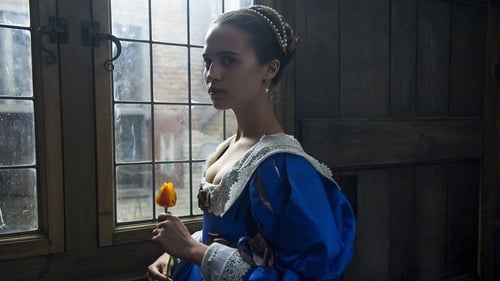
Drama ambientado en el siglo XVII en Holanda, durante una época donde un solo bulbo del tulipán costaba casi 10 veces más que el sueldo medio. La película nos cuenta la historia de un pintor que se enamora de una joven recién casada mientras le está pintando el retrato que le han encargado. Ambos invertirán en el negocio de los tulipanes con el propósito de ganar un dinero que les sirva para crear un futuro juntos.

"La vida y la época de Frida Kahlo" es una biografía íntima de una mujer que logró balancear magistralmente su vida privada, signada por la enfermedad y el dolor, con la de una figura pública exuberante, irreverente y conocida mundialmente. Asimismo, Frida fue testigo en primera estancia de un proceso único de revolución y renacimiento que caracterizó el momento histórico de su tiempo. A través del prisma de su vida y su obra, este documental explora en la cultura del México Antiguo, la Revolución Mexicana, la explosión del movimiento comunista que invadió América Latina durante las décadas de 1920 y 1930; igualmente, las innovaciones que tuvieron lugar en la pintura, la fotografía, el cine y la literatura que, se evidenciaron en Ciudad de México para ese momento y, paralelamente, el renacimiento de un interés por la cultura popular en la que Kahlo se convirtió en símbolo.
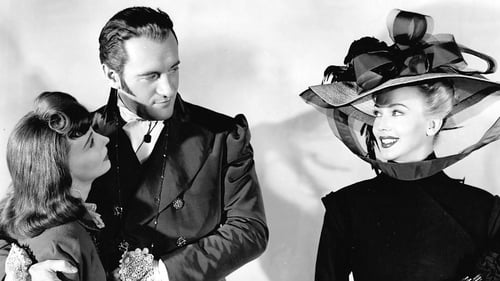
Autobiografía de François Eugène Vidocq, legendario ladrón del siglo XVIII. Vidocq nació en una cárcel francesa en 1775 y llegó incluso a ser nombrado jefe de la policía de París, pero durante todo ese tiempo no dejó de ser un singular y elegante delincuente.

When an artist discovers his wife is having an affair with their jungle guide, he lures them into posing for him in a radioactive jungle river.

Narra las desventuras de unos personajes que se salen de un cuadro inacabado para buscar a su creador en otras obras. Su grafismo se inspira en Matisse, Derain y Bonnard.

The scene opens in an artist's studio, the artist asleep in his chair. A large old fashioned clock opens and a young lady comes out and awaking the artist, requests him to paint her picture. While the artist is executing the work a clown comes from the clock, takes in the situation and begins to make love to the lady. The artist detects him and compels him to desist his love making. He continues to paint. The clown becomes interested and asks the artist to allow him to paint the picture, and begins smearing a whitewash brush over the canvas, when lo, a most perfect image of the young lady appears. The image then steps down from the frame, joins the young lady in the studio, and the figures, each a perfect counterpart of the other begin to dance to the great astonishment of the artist. The clown the by waving his hand causes the figures of the two girls to merge into one. The artist then assumes his seat and awakens from his dream with a great shock.
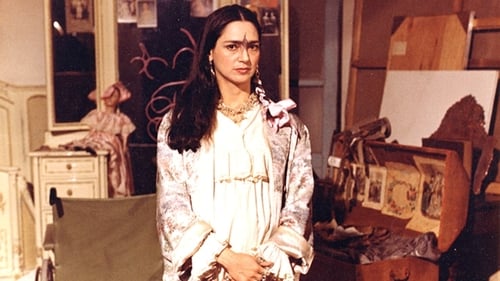
En su lecho de muerte, la pintora Frida Kahlo recuerda su vida. Por su mente y por la pantalla, desfilan los personajes y situaciones más significativos de su atormentada existencia
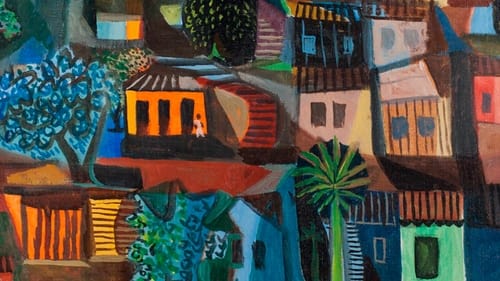
This controversial film from director Glauber Rocha records the funeral of his friend, major Brazilian painter Emiliano Di Cavalcanti.

Painter Peter Hartman is arrested at the scene of a murder. He soon turns out to have ties to the victim's young widow. As Inspector Stroomer begins to unravel the mystery, two very different sides of the story are presented to him. Now it is up to Stroomer to find enough photographic evidence to make out which version is the truth.
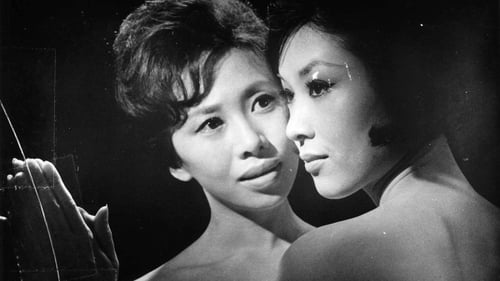
Sonoko es un ama de casa que decide inscribirse a unas clases de arte para paliar el aburrimiento de estar sola en casa mientras su marido Kotaro trabaja. En esas clases, Sonoko conoce a la modelo Mitsuko, de quien acaba enamorándose. En esa relación lésbica intervendrán tanto el marido de Sonoko como el prometido de Mitsuko, lo que motivará la aparición de una serie de triángulos amorosos y el surgimiento de unos celos bastante destructivos.

Nacho es un joven declarado en paradero desconocido desde hace cuatro años. Ni su familia ni sus mejores amigos pudieron aportar pista alguna acerca del lugar o las circunstancias en las que desapareció, pero todo hace pensar que está muerto. Nacho era un joven con un enorme talento que empezaba a hacerse oír en los circuitos del arte de vanguardia. Tenía un estilo pictórico propio, profundamente influenciado por la pintura de El Bosco, y centrado en un solo tema: la muerte. Iván, Clara, Patricia, Ramón, Candela y Carlos, los seis protagonistas, mintieron a la policía. De una forma u otra, todos ellos intervinieron en la muerte de Nacho, ocurrida en una terrible noche de la que nadie ha vuelto a hablar ya que ninguno de ellos ha podido olvidar. Cuatro años después, se reabre la investigación y el comisario vuelve a reunir a todo el grupo.

The poet and painter, Lawrence Ferlinghetti, is among the world's living monuments to arts and letters. For well over a half century, Ferlinghetti helped shape the currents of poetry and literature with his forceful engagement with society and an ideological position that often found him at odds with the political currents of his day. Ferlinghetti's quiet, behind the scenes demeanor and disarming mien may have assuaged, or even fooled, certain opponents, while in reality he was a literary mercenary, a rebel at the forefront of our own cultural revolution.



